Timing is crucial, as any gardener can tell you. Simple forethought and preparation are always the first steps toward a fruitful harvest. The following tables, Vegetable planting timings can help you plan your garden. A planting calendar will help you determine the optimum time to plant veggies in your region and which varieties perform best. Below we learn the USA vegetable planting calendar, vegetable planting guide by zone, and seasonal planting schedule for different vegetables in the USA.
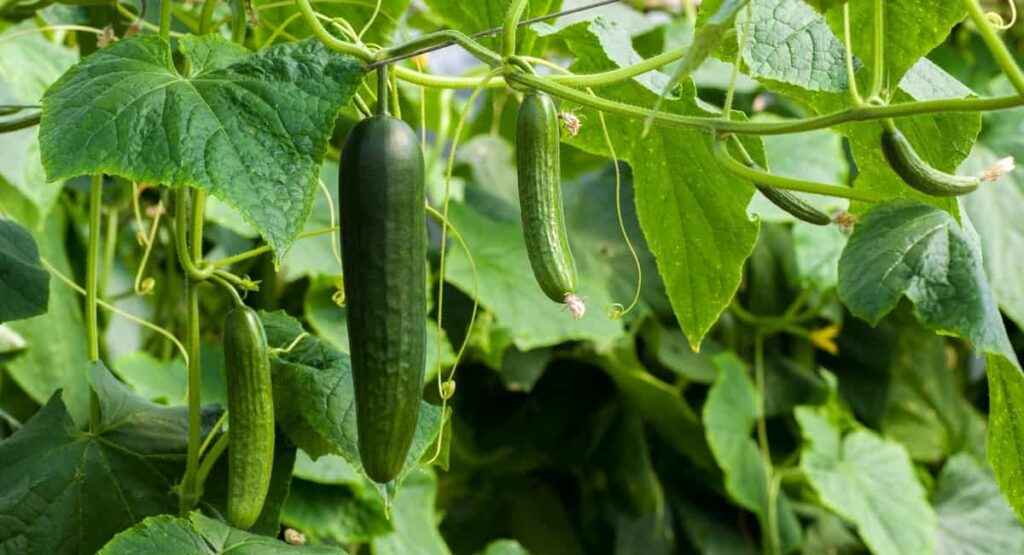
USA vegetable planting calendar
The best month to plant vegetables
Vegetables have a wide window of opportunity from January to December. You can get a head start by checking the vegetable planting calendar, but the actual month you plant vegetables should be determined by factors like your environment, growth zone, and the date of the last expected frost in your location.
Seeds for hardy annual vegetables like broccoli, chard, cabbage, carrots, peas, and parsnips should be sown outside in the spring, when the soil is at its warmest, between March and April. Starting in February, you can get a head start on the growing season by germinating some of them in a greenhouse or on a sunny windowsill. Planting greenhouse-friendly vegetables, including tomatoes, tomatoes, peppers, aubergines, cucumbers, and chili peppers under glass may begin in February.
Vegetables to plant in spring
Planting and seeding should be done throughout the spring and early summer months for the best results. Beetroot, capsicum, okra, pumpkin, radish, eggplants, Jerusalem artichoke, Choko, cucumber, squash, sweet corn, sweet potato, dwarf beans, lettuce, spinach, spring onions, tomato, watermelon, and zucchini are some of the fruits and vegetables that can be grown.
Alyssum, California poppy, Amaranthus, aster, celosia, dahlia, gerbera, marigold, chrysanthemum, cockscomb, nasturtium, petunia, portulaca, verbena, and zinnia are some examples of flowers that you can grow in your garden in spring.
Best vegetables to plant in April
You must hurry up and get the seeds of vegetables with a cool-weather growth season into the ground in the garden as soon as the soil has dried out enough to the point where it can be worked with. Peas, beets, turnips, parsnips, lettuce, spinach, carrots, and Swiss chard are among the vegetables that can be seeded directly into the ground. Before you start planting your seeds or setting out your transplants, make sure you prepare the soil beforehand.
In case you missed it: Vegetable Growing Season Chart in India: Sowing Guide, Germination and Planting Calendar
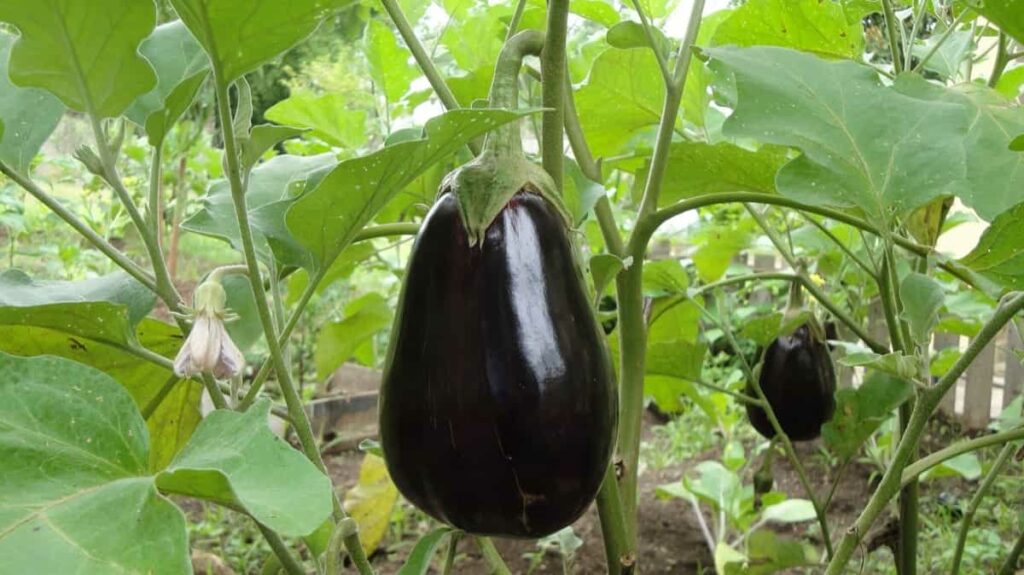
Best fertilizers needed for tomatoes
Consider your soil’s nutrition levels while deciding which tomato fertilizer to use. Test your soil’s fertility before you begin applying fertilizer to your tomato plants. A fertilizer with a little lower nitrogen and greater phosphorus content, such as a 5-10-5 or 5-10-10 mixed fertilizer, is recommended if your soil is already well-balanced or has an abundance of nitrogen. On the other hand, if our soil lacks nitrogen, you should apply a well-balanced fertilizer with a nitrogen level of either 8-8-8 or 10-10-10.
Unless you’ve had ill tomato plants in the past, you may presume you have balanced soil and apply a high-phosphorus tomato plant fertilizer without a soil test. However, it’s important to avoid giving tomato plants excess nitrogen while fertilizing. Tomatoes won’t develop on such a beautiful, green plant. If this is an issue you’ve had in the past, you can try giving the plant only phosphorous instead of a full fertilizer for tomatoes.
When should tomatoes be planted?
Plant tomatoes in the late spring or early summer everywhere except zone 10, where they should be planted in the autumn or winter because of the plant’s heat-loving nature. Replace seed planting with starter plants to speed up the growth process. If you want to plant tomatoes, choose a site with plenty of sunlight. To fully develop their taste, tomatoes need 6-8 hours of sunlight daily. Let each plant develop to its full potential. Strong, long-vined, indeterminate cultivars should be planted at a distance of 3 feet. The ideal spacing for determinates is 2 feet.
What vegetables can be planted in March?
Do you believe it is too early to begin preparing your spring garden? Not at all, since March is ideal for planting hardy, cool-season vegetables in most parts of the country. You can also start a wide range of seeds inside now, ready for early planting. Some of the hardiest crops are broad (or fava) beans, which can be planted in March, and seeds for many cool-season vegetables if you have already prepared beds for them. Seeds for other vegetables, such as carrots, beets, broccoli, horseradish, kale, leeks, chicory, and turnips, can also be planted.
Peas, shallots, parsnips, spinach (be sure the soil is loaded with organic matter), and spring onions are all excellent early veggies to plant in March. In March, herbs such as dill, chives, and coriander can be sown in the ground or in containers. Seeding of cauliflower, brussels sprouts, spinach, squash, perennial herbs, chili, sweet peppers, and celery can all begin inside (or in a greenhouse) in March. Seeds of tomatoes, cucumbers, and gherkins can now be planted in a greenhouse.
The optimal time to transplant seeds grown inside and under cover into outdoor soil is four to six weeks later or around the beginning of May. Salad greens, which can be grown in a greenhouse or a large container, are another fantastic vegetable that can be sown in March. As soon as the soil is suitable, you can plant artichoke tubers, shallots, garlic sets, asparagus crowns, and rhubarb crowns.
In case you missed it: Vegetable Seed Germination Chart: A Calendar to Time and Soil Temperature.
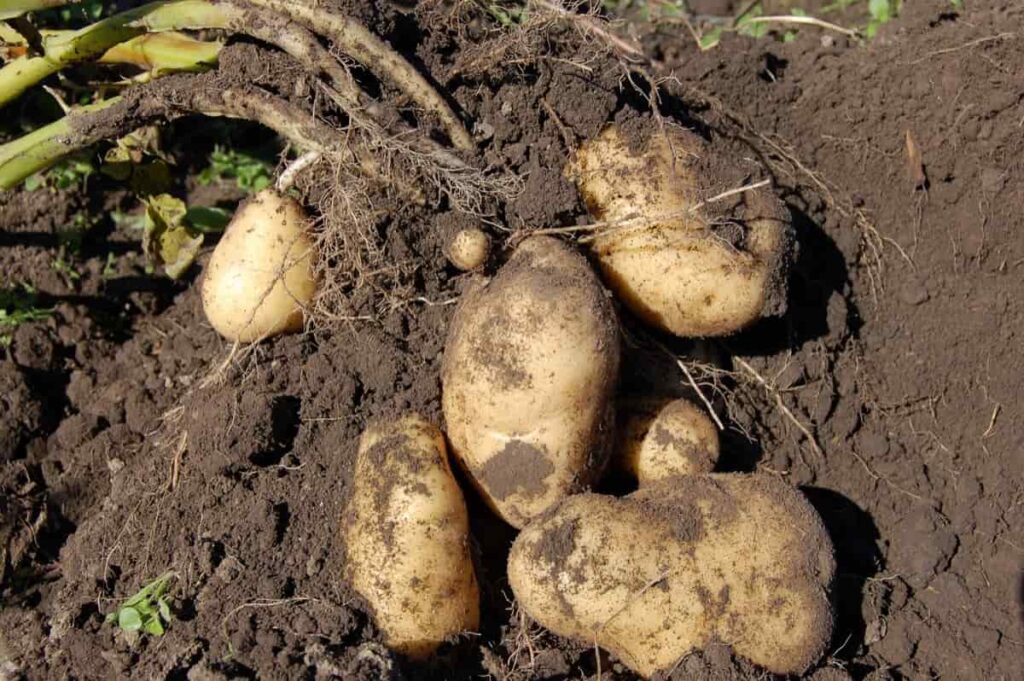
When should cucumbers be planted?
Cucumber seeds can be planted immediately when the soil temperature reaches 60 degrees Fahrenheit or more in the spring. Using a soil thermometer, you can find out for sure. Indoor planting should begin four to six weeks before your region’s typical last frost date. Sow cucumber seeds straight from the package; they don’t need any particular treatment before planting.
When should I plant carrots?
Sowing of carrot seeds should be done around two to three weeks before the final spring frost date. The soil should be dry and somewhat heated from the winter’s end. The temperature of the soil at which seeds can germinate most successfully ranges from 13 to 29 degrees Celsius (55 to 65 degrees Fahrenheit), with a maximum temperature that must not exceed 75 degrees Fahrenheit.
Intense summer heat stunts development lowers the quality and creates harsh or unpleasant tastes. Therefore, the optimal time to plant seeds for an autumn crop is from the middle to the end of summer, around ten weeks before the first fall frost.
When to fertilize tomato plants?
When planting tomatoes in the garden, fertilizer should be done first. They won’t need more fertilization until after they have produced fruit, so that you can hold off on that for now. Light fertilizer should be used once every two weeks after fruit production has begun on tomato plants until the first cold kills the plant.
The fertilizer for the tomato plant should be mixed in with the soil at the bottom of the planting hole, and then some unfertilized soil should be placed on top of this before the tomato plant is inserted into the hole. Natural fertilizer can cause severe damage to a tomato plant if it comes into touch with the roots.
In case you missed it: Mississippi Vegetable Planting Calendar (MS): Month Wise Garden Guide for Fall, Winter, Spring, Summer, Zone 7, Zone 8, and Zone 9
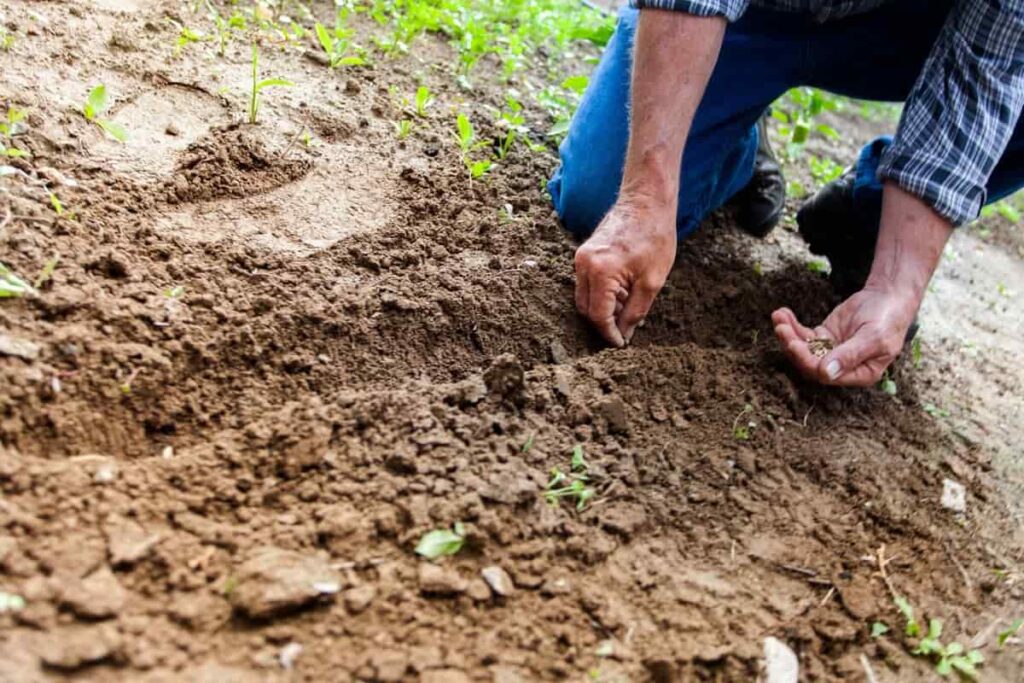
USA vegetable planting calendar/vegetable planting schedules
From zone 1 to 6
| Vegetables | Zone 1 | Zone 2 | Zone 3 | Zone 4 | Zone 5 | Zone 6 |
| Snap Beans | May to June | May to July | Mid-June to mid-Sep | June to mid-Sep | Mid-May to Sep | May to mid-Oct |
| Lima beans | – | May to June | Mid-May to mid-June | May | Mid-May to Sep | May to mid-Oct |
| Beets | Mar to June | Mar to June | Mid-May to mid-Sep | Mid Apr to Jun, mid-July to Sep | Apr to June mid-July to mid-Oct | Mid Mar to June, mid-July to mid-Oct |
| Broccoli | May to June | Mar to Aug | Mid-May to Sep | Apr to June, July to mid-Aug | Mid Mar to June, July to Oct | Mar to mid-June, mid-July to Oct |
| Brussel Sprouts | Mar to June | May to July | Mid-May to mid-Oct | Mid Apr to mid-Oct | Apr to Oct | May to Oct |
| Cabbage | Jan to Apr, July to Sep | Apr to June | Mid-May to mid-Sep | May to mid-Oct | Mid Apr to Oct | May to Oct |
| Carrots | Jan to June | Mar to mid-July | Mid-June to mid-Sep | Mid Apr to June, mid-July to Sep | Apr to Jun, Aug to mid-Oct | Apr to June, Aug to Oct |
| Cauliflowers | Jan and June | Apr to mid-July | Mid-May to Sep | May to Sep | Mid Apr to mid-Oct | Mar to mid-June |
| Corn | Apr to May | Apr to June | – | June to mid-Sep | Mid-May to mid-Sep | May to Sep |
| Cucumber | Apr to June | May to June | Mid-June to mid-Sep | June to mid-Sep | Mid-May to mid-Sep | May to Sep |
| Kale | May to Jul | May to July | May to Sep | Mid Apr to June, mid-July to mid-Oct | Apr to June, mid-July to Oct | Mid mar to mid Jun, Aug to mid Nov |
| Lettuce | Feb to July | Apr to July | may mid-Sep | May to June, mid-July to Sep | Mid Apr to June, mid-July to mid-Oct | Mid Mar to mid-June, Aug to Oct |
| Onions | Jan to May | Mar to May | – | Mid Apr to mid-Sep | Apr to Sep | Mid- Mar to Aug |
| Peas | Jan to Aug | Feb to Mar | Mid-May to mid-Sep | Mid Apr to June | Apr to June, mid-July to mid-Oct | Mid Mar to May, Aug to Oct |
| Peppers | May | May to June | Mid Apr to Aug | Mid Apr to mid-Sep | Apr to Sep | Mid Mar to Sep |
| Spinach | Aug to Feb | Apr and Sep | May to Sep | Mid Apr to June, mid-July to mid-Oct | Apr to June, mid-July to Oct | Mar to June, mid-July to Oct |
| Summer Squash | may | May to June | – | June to mid-Sep | Mid-May to Sep | May to Sep |
| Tomato | May to June | May | Mid Apr to Aug | Mid Apr to mid-Sep | Apr to Sep | Mid Mar to Sep |
| Asparagus | Mar to Apr | Feb to Mar | Mid Apr to May | Mid Apr to May | Apr | Apr |
| Artichokes | Aug to Oct | Aug to Nov | – | – | – | – |
| Celery | Mar to June | Mar to July | Mid May | Mid May | – | |
| Chard | Feb to May | Apr to July | Early May | Early may | – | – |
| Chives | Apr to may | Mar to may | – | – | – | – |
| Eggplants | – | May | Early June | Early June | May | May |
| Kohlrabi | July to Aug | Apr to mid-Aug | Mid Apr to mid-Aug | Mid Apr to mid-Aug | Early Apr and late Sep | Early Apr and late Sep |
| Okra | – | – | Early June | Early June | Mid-May to late May | Mid-May to late may |
| Potatoes | Feb to May | Apr to June | Mid Apr to June | Mid Apr to June | Early April to Mid-April | Early April to mid-April |
| Radish | Year-round | Mar to Sep | Apr to June Aug | Apr to June | Late Mar to early may | Late Mar to early May, Aug |
| Winter squash | May | May | May to June | May to June | May | Mid May |
In case you missed it: Massachusetts Vegetable Planting Calendar (MA): Month Wise Garden Guide for Fall, Winter, Spring, Summer, Zone 5, Zone 6, and Zone 7
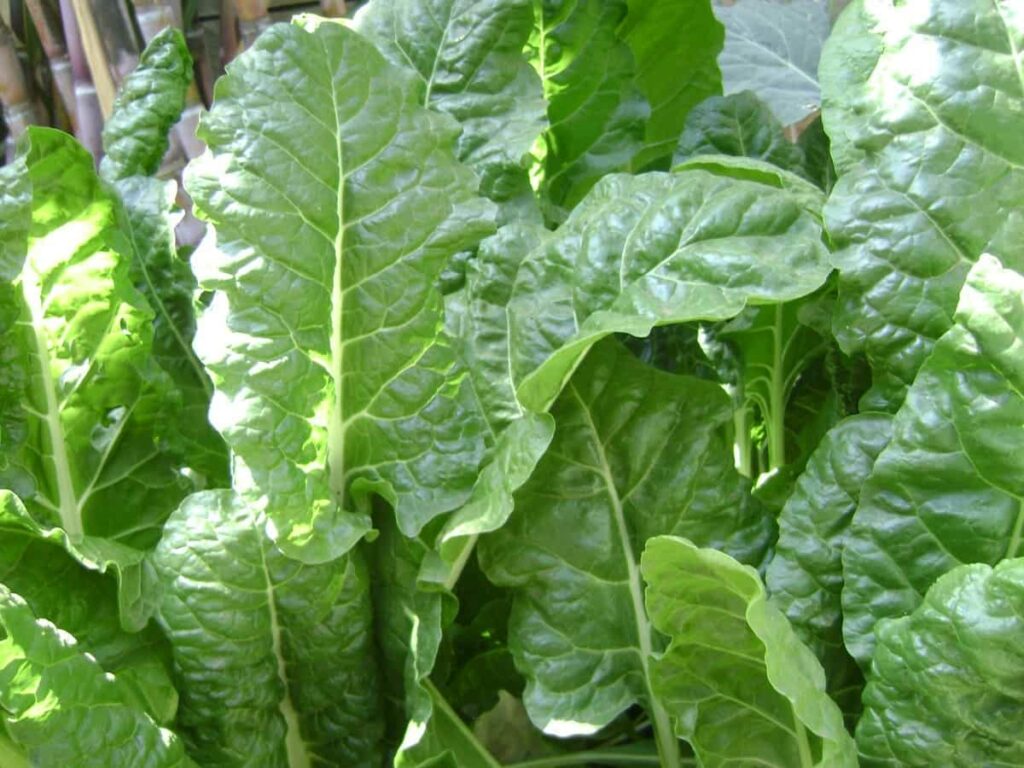
From zone 7 to 11
| Vegetables | Zone 7 | Zone 8 | Zone 9 | Zone 10 | Zone 11 |
| Beans | Apr to Mid-Oct | Mid Mar to mid-Oct | Mid Feb to May, Sep to Nov | Apr to May, Jul to Aug | Mar to Apr |
| Beets | Mar to May, Aug to Oct | Mid Feb to mid-May, mid-Aug to mid-Nov | Feb to Apr, Mid-Sep to Nov | Feb to Apr, July to Aug | Feb to Mar, Sept |
| Broccoli | Mid Feb to May, Aug to mid-Nov | Feb to mid-May, Aug to Nov | Mid Jan to Apr, Mid-Aug to Mid-Dec | Feb to Mar, June to July | Feb and Sept |
| Brussel Sprouts | Mid Apr to mid-Sep | Apr to Aug | Mar to Jun | Late May to Early June | Feb and Sep |
| Cabbage | Mar to mid-June, mid-July to Oct | Mid Feb to May, Aug to mid-Nov | Feb to mid-May, Sep to mid-Dec | Feb to Mar, June to July | Feb and Sep |
| Carrots | Mar to mid-June, Aug to Oct | Mid Feb to May, Mid-Aug to Mid-Nov | Mid Feb to May, mid-Sep to mid-Dec | Jan to Mar, June to Aug | Feb to Mar, Sep |
| Cauliflowers | Mid Feb to May, Aug to mid-Nov | Feb to mid-May, mid-Aug to Nov | Feb to mid-May, Sep to mid-Dec | Feb to Mar, June to July | Feb and Sep |
| Corn | May to Aug | Mid Apr to Aug | Mid Feb to May, mid-Aug to Nov | Apr to July | Mar to Apr, July to Aug |
| Cucumber | May to Aug | Mid Apr to Aug | Mid Feb to May, mid-Aug to Nov | Apr to June | Mar to Aug |
| Kale | Mar to May, Aug to mid-Nov | Mid Feb to mid-May, mid-Aug to mid-Nov | Oct to Dec | Mid Jan to mid-Feb, Sept to Nov | Mid Jan to mid-Feb, Sep to Nov |
| Lettuce | Mar to May, Aug to Oct | Mid Feb to May, mid-Aug to mid-Nov | Mid Jan to Apr, mid-Sep to mid-Dec | Dec to Mar, July to Aug | Feb and Sep |
| Onions | Mar to Aug | Mid Feb to Aug | Mid-Jan to May | Jan to March, Oct | Sep to Oct |
| Peas | Mid Feb to mid-May, mid-Aug to mid-Nov | Mid Feb to mid-May, Sep to mid-Nov | Jan to March, Oct to mid-Dec | Jan to Apr | Sep to Oct, Feb to Mar |
| Peppers | Mar to Sep | Mid Feb to mid-Sep | Jan to May, mid-July to Nov | Apr to May | Mar to Apr |
| Spinach | Mar to June, Aug to mid-Nov | Mid Feb to May, Sep to Nov | Mid Jan to Apr, mid-Sep to mid-Dec | Late Jan to Feb, Oct to Nov | Jan to mid-Mar, Oct to Nov |
| Squash | May to mid-Oct | Mid Apr to mid-Oct | Mar to Jun | Apr to July | Mar to June |
| Tomato | Mar to Sep | Mid Feb to mid-Sep | Jan to May, mid-July to Nov | Apr to May | Mar to Apr |
| Asparagus | Apr | Mid Jan to mid-Mar, Nov and Dec | Mid Jan to mid-Mar, Nov and Dec | – | – |
| Artichokes | – | – | – | – | – |
| Celery | – | – | Jan to Mar | Aug to Feb | – |
| Chard | – | – | – | – | – |
| Chives | – | – | – | – | – |
| Eggplants | Apr to mid-may, Mid-July | Apr to mid-May, Mid-July | Feb to July | Jan to Mar, Aug to Sep | Jan to Mar, Aug to Sep |
| Kohlrabi | – | – | Sep to Mar | Oct to Mar | – |
| Okra | Apr to June, Mid-June to July | Apr to June, Mid-June to July | Mar to July | Mar to Aug | Mar to Aug |
| Potatoes | Mid Jan to Mar | Mid Jan to Mar | Jan to Mar | Jan to Feb | Jan to late Feb |
| Radish | Mid jan to apr,Sep to mid oct | Mid Jan to Apr, Sep to mid-Oct | – | – | – |
| Winter squash | Apr to Aug | Apr to Aug | Mar and Aug | Feb to Mar, Aug | Feb to Mar |
Conclusion
It’s possible to do a second planting, often known as a “succession,” in certain areas. In zones 7–10, where the weather is milder, you may have two growing seasons to sow your favorite vegetables. Planting peppers and tomatoes in Florida in February will give you a summer crop, and planting them again in early October will give you a winter harvest.
In case you missed it: Kentucky Vegetable Planting Calendar (KY): Month Wise Guide for Fall, Winter, Spring, Summer, Zone 6, and Zone 7

Live in the following counties or states of the US and planning to grow vegetables. This USA Vegetable Planting Calander may provide some basic information on the month-wise planting schedule and chart for all zones.
| Alabama | Iowa |
| Arizona | Kansas |
| Arkansas | Kentucky |
| California | Louisiana |
| Colorado | Maine |
| Connecticut | Maryland |
| Delaware | Massachusetts |
| Florida | Michigan |
| Georgia | Minnesota |
| Idaho | Mississippi |
| Illinois | Missouri |
| Indiana | Montana |
| Nebraska | Rhode Island |
| Nevada | South Carolina |
| New Hampshire | South Dakota |
| New Jersey | Tennessee |
| New Mexico | Texas |
| New York | Utah |
| North Carolina | Vermont |
| North Dakota | Virginia |
| Ohio | Washington |
| Oklahoma | West Virginia |
| Oregon | Wisconsin |
| Pennsylvania | Wyoming |
- How to Raise Pigs in Your Own Backyard: A Comprehensive Guide
- Budget Friendly Sheep Shed Ideas: Cheap and Low-Cost Tips
- How Much Do Cattle Farmers Make: Revenue Streams in Cattle Farming
- Management Pests and Diseases in Your Cotton Field
- Sheep Farming Business Plan for Beginners
- Aquaponic Farming at Home: A Step-By-Step Guide
- Profitable Village Farming Business Ideas in 2024
- High-Yield Aquaculture: Fast-Growing Fish for Farming
- Effective Fish Pond Construction Techniques for Beginners
- Irrigation and Water Management in Pineapple Farming
- Blossom to Harvest: Mastering Flowering and Pollination in Papaya Farming
- Pig Fattening Essentials: From Selection to Sale for Beginners
- Raising Wagyu Cattle: A Complete Guide for Premium Beef Production
- Soil Types and Their Water Holding Capacity
- Optimizing Irrigation Schedules for Coconut Groves for Enhanced Yield
- Espresso Your Garden: Coffee Grounds for Healthier Acid-Loving Plants
- The Best Soil Mix for Snake Plants: How to Mix Your Own Snake Plant Soil
- Green Thumb Success: Expert Tips for Cultivating Greenhouse Beans All Year Round
- Bloom All Year Round: The Ultimate Guide to Indoor Hyacinth Care
- Eco-Friendly Gardening: How to Make Liquid Fertilizer from Kitchen Waste
- Ultimate Guide to Grow Anise in Pots: Explore Seed Propagation to Harvesting
- Guide to Raising Chester White Pigs: Discover Breed Facts to Growth Management
- Mastering the Elegance: The Ultimate Guide to Weeping Cherry Tree Care, Planting, and Maintenance
- Ultimate Guide to Planting Garlic in Grow Bags: Growing Strategies for Beginners
- How to Fix Spider Plant Leaf-Related Problems: Natural and Organic Remedies
- 10 Reasons Why Your Tulsi Plant is Shedding Leaves: Home Remedies and Solutions
- Optimizing Growth and Yield: The Advantages of Palm Bunch Ash Fertilizer
- Utilizing Neem Oil Extract as a Natural Pesticide for Hydrangea
- From Soil to Harvest: Various Ways in Which Farmers Can Use AI Tools
- Steps to Encourage and Induce Citrus Flowers: A Comprehensive Guide
- How to Fix Snake Plant Leaf-Related Issues: Natural and Organic Remedies
- Transform Your Garden into a Fragrant Oasis with Raat Ki Rani (Night Blooming Jasmine)
- Discover the Ideal Chicken Breeds for Philippine Farms
- How to Create a Poultry Egg Farm Business Plan for Profits
- Grow Lemon Cucumbers Like a Pro: Insider Techniques for Bountiful Yields
- Ultimate Guide to Caring for Your Pink Princess Philodendron: Tips for Thriving Variegation
